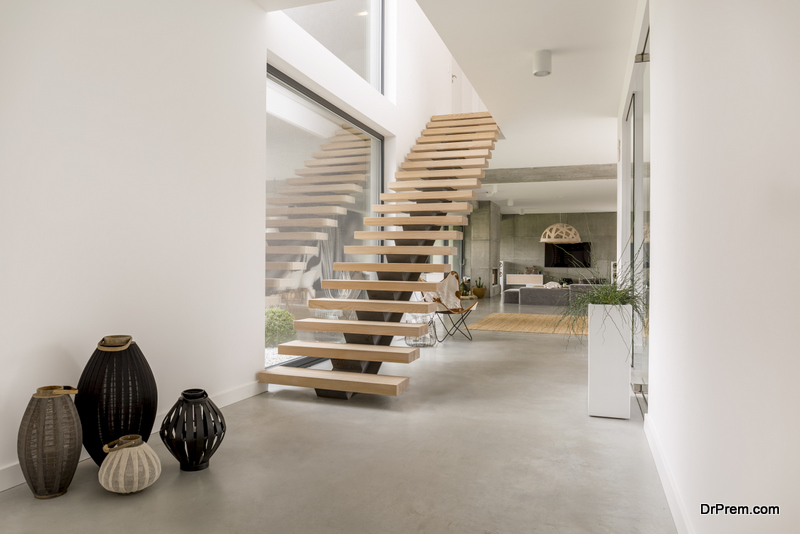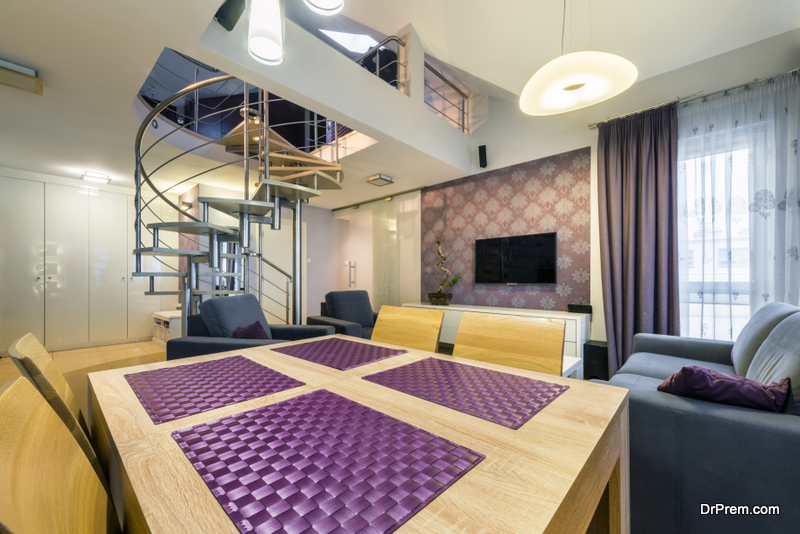Deciding how you want your staircase to feel and look really helps to connect your house together. After all, a staircase does literally connect the floors of your house. So, you want it to look good right?
But how exactly can you choose a good residential staircase? Luckily for you this article will provide you with a clear breakdown of what you should be looking for in a staircase.
You will need to find a good local staircase company. Are you a Londoner? If yes, check out this London Staircase Company which manufactures high quality staircases.
So, along with many other more personal factors, make sure that you take in to account these points when choosing your next staircase:
A Coherent and Matching Design
 The last thing that you want is a staircase that is completely different to the design of the rest of your house. You not only want your stairs to be a part of the house and not the odd one out, but you don’t want to look back on in years to come with regret!
The last thing that you want is a staircase that is completely different to the design of the rest of your house. You not only want your stairs to be a part of the house and not the odd one out, but you don’t want to look back on in years to come with regret!
So, when choosing a staircase, you need to take in to account the rest of your house. For example, if all your house has carpeted floors, but you decide to have a fluorescent pink wooden staircase, then you create a complete eye sore which stands out like a sore thumb!
Functionality
You need your staircase to be usable and fit for purpose. This may sound like an obvious point (which to a large extent it is!), but you will be surprised just how often too many people do not truly consider choosing a staircase that is functionable.
So, in order for your staircase to be fit for purpose, you must ensure that there are good quality materials being used. This provides you with confidence that the staircase will not be a one-minute wonder, but will ultimately be very sturdy and secure, thereby outliving a generation.
The Value for Money
 Some staircases can cost a ridiculous amount of money, so it is important to choose a staircase that fits your budget. But it is vital that you do not stretch the money that you have available to its limit. This is because you could end up incurring slight additional costs that you were not anticipating. Costs of which you will not be able to afford which is never an ideal situation to be in.
Some staircases can cost a ridiculous amount of money, so it is important to choose a staircase that fits your budget. But it is vital that you do not stretch the money that you have available to its limit. This is because you could end up incurring slight additional costs that you were not anticipating. Costs of which you will not be able to afford which is never an ideal situation to be in.
So, make sure that you carefully plan out the costs to be certain that you are spending money where it is needed and therefore getting the best value for money. Try to be pessimistic when calculating costs and deliberately overestimate them. This will give you reassurance that you can afford that dream staircase of yours even in a worst-case scenario.
The Type of Staircase
There are a wide variety of different types of staircases that you can consider for your home. These include:
- A straight staircase. These are extremely easy to install and often don’t need further support to securely hold them in place. However, they need a landing if they are more than 12-feet high and they take up more space than other types of staircases.
- An L-shaped staircase (also known as a 90° Staircase or Quarter Turn stairs). These include a 90° turn at any point along the staircase.
- A U-shaped staircase (also known as a Switchback Staircase or a Half Turn Staircase). These turn back on themselves by 180° using a landing or two. For this reason, they utilize the least space and are useful in areas of high footfall.
- A curved staircase. This type of staircase simply curves in a new direction without the need for a landing, but they do not curve in a complete circle like that of a spiral staircase. The curved nature of this type of staircase offers an elegant aesthetic, meaning they are typically found in entryways and foyers.
- A spiral staircase. Similarly, to the curved staircase, a spiral staircase does not require any landing platforms, but they instead form a full circle rather than just a curve. Therefore, a spiral staircase is the excellent choice for small spaces, but they are poorly equipped for areas of high footfall and are somewhat impractical.
In summary, choosing a suitable residential staircase is largely down to your personal preference and individual needs. But, if you take onboard this useful advice, then you will find choosing the right staircase for you all the more easier.
Article Submitted By Community Writer




